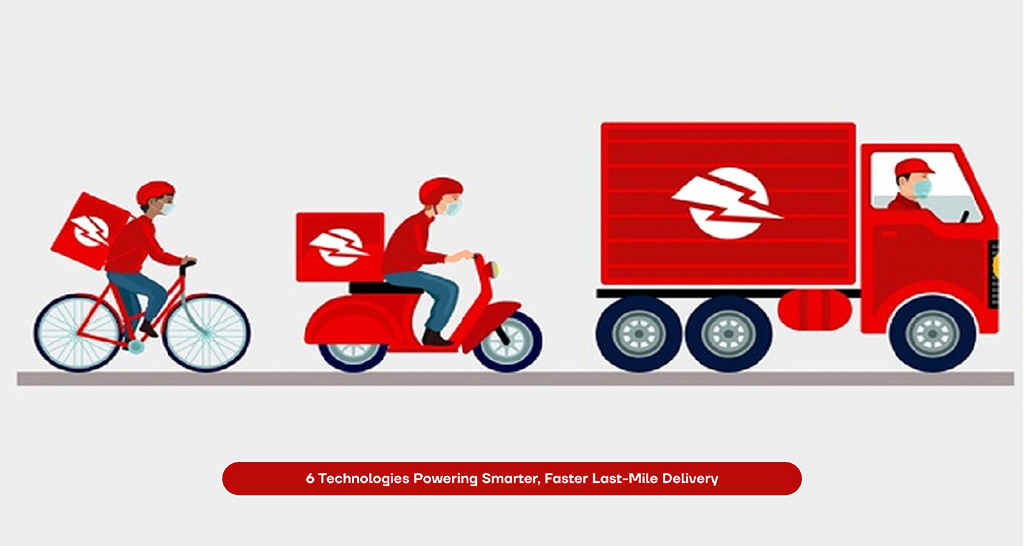The final segment of a product’s journey from a warehouse to a customer’s home, known as the last mile, frequently represents the most intricate and costly aspect of the supply chain. As consumer expectations rise and e-commerce demands increase, companies are adopting innovative technologies to enhance the efficiency, speed, and cost-effectiveness of last-mile delivery. Below are six essential technologies that are facilitating this change.
- Route Optimization Software
Route optimization algorithms leverage real-time traffic information, delivery time constraints, and various other factors to identify the most efficient delivery paths. These systems can lower fuel expenses, reduce delays, and enhance customer satisfaction. Firms such as Routific and Onfleet offer solutions that assist delivery drivers in circumventing traffic congestion and organizing their stops more efficiently.
- Drones and Autonomous Vehicles
Unmanned aerial vehicles and autonomous delivery robots are garnering attention as innovative solutions for final-mile logistics. These advancements are particularly beneficial in remote or difficult-to-access regions where conventional delivery approaches are less effective. Organizations such as Amazon and Starship Technologies are testing self-operating delivery systems that aim to decrease delivery durations and lower labor expenses.
- Smart Lockers and Pickup Points
Intelligent lockers and specified collection points provide a practical substitute for home delivery. Customers are given secure access codes to collect their parcels at their convenience. This minimizes unsuccessful delivery attempts and enhances urban logistics, particularly in densely populated regions. Companies such as Parcel Pending and InPost are at the forefront of establishing smart locker networks.
- Real-Time Tracking and Visibility
Customers are progressively demanding precise information regarding the location of their packages and their expected arrival times. Real-time tracking systems offer comprehensive visibility using GPS and IoT-enabled devices. These systems not only improve the customer experience but also enable companies to proactively manage delays and adjust delivery routes as necessary.
- Artificial Intelligence (AI) and Machine Learning
Artificial Intelligence is utilized to forecast delivery demand, enhance vehicle dispatching, and tailor customer communication. Machine learning algorithms examine historical data to increase delivery precision and minimize operational inefficiencies over time. Additionally, AI drives chatbots and virtual assistants that offer immediate assistance to customers.
- Electric Vehicles (EVs)
In response to increasing sustainability concerns, numerous delivery fleets are shifting towards electric vehicles. Electric vehicles (EVs) contribute to a reduction in carbon emissions and have the potential to decrease operating expenses over time. Organizations such as UPS and FedEx are making significant investments to electrify their last-mile delivery fleets as a component of their comprehensive green logistics initiatives.



Discussion about this post